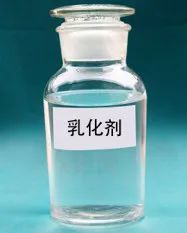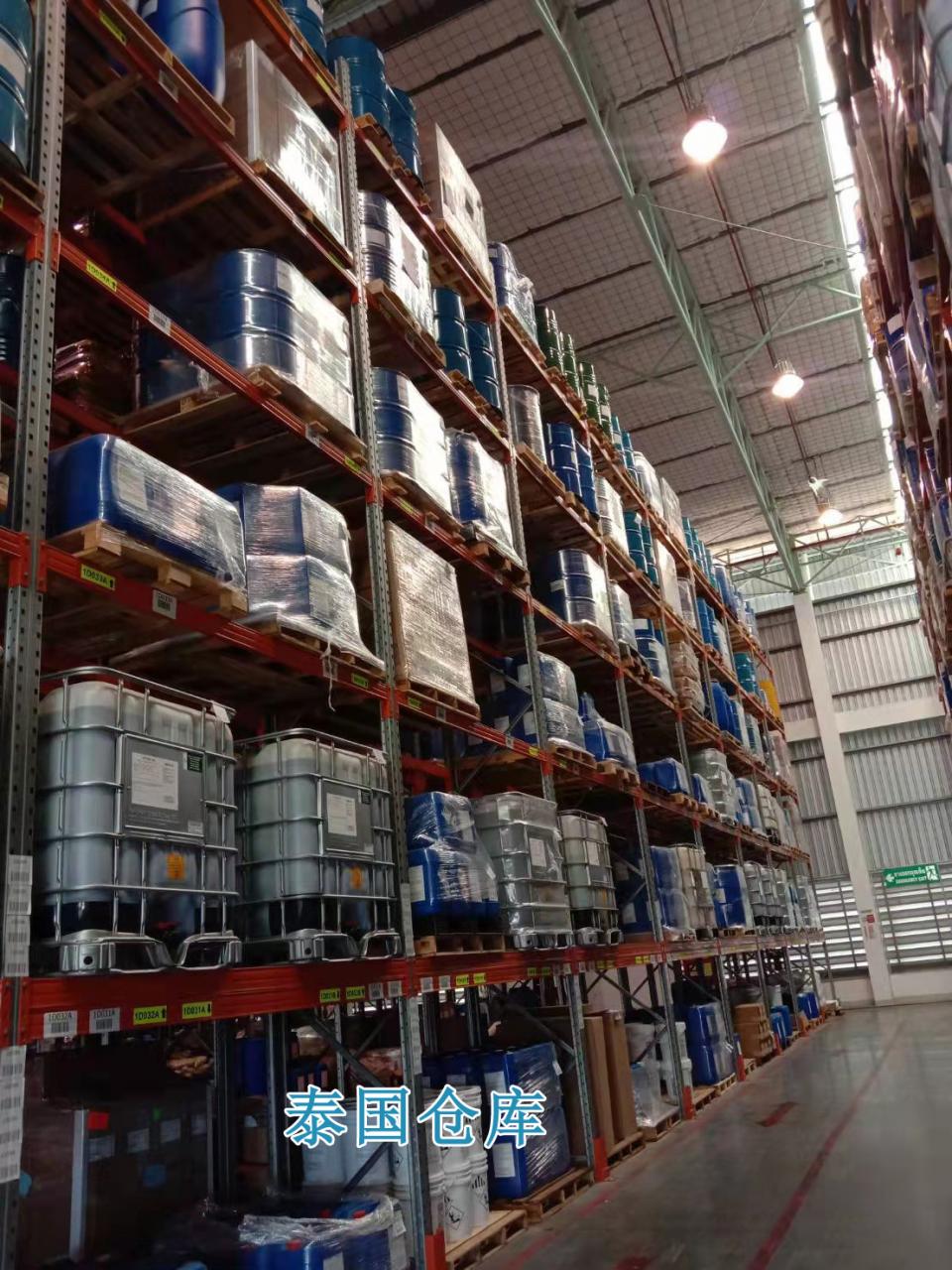Most silicone oils play the role of nucleation, emulsification, and stabilization.
Silicon oil is foam stabilizer
Foam stabilizers are a type of surfactant that can make polyurea well dispersed in the foaming system, act as a “physical cross-linking point”, and can significantly increase the early viscosity of the foam mixture to avoid foam breakage. On the one hand, it has an emulsifying effect, which enhances the mutual solubility between the various components of the foam material. On the other hand, adding silicone surfactant can reduce the surface tension r of the liquid, and the free energy required for gas dispersion is reduced, making the dispersion more efficient. The air in the raw materials is more likely to nucleate during the mixing process, which helps to produce fine bubbles, adjust the size of the foam pores, control the cell structure, and improve the foaming stability; it prevents the cells from deflating and rupturing, and makes the foam wall have a unique Flexibility, controls foam pore size and uniformity. It stabilizes the foam in the early stage of foaming, prevents the foam from coalescing in the middle stage of foaming, and connects the cells in the late stage of foaming. Generally, the more foaming agent and POP are used, the greater the amount of silicone oil.
More dosage: Increases the elasticity of the foam wall in the later stage, making it less likely to break and making the cells smaller. causing obturation.
Small dosage: the foam bursts and collapses after rising, the pore size is larger, and it is easier to use.

The soft foam production process relies heavily on surfactants. Without surfactants, the reaction mixture will boil or even collapse, making it impossible to form foam. The amount of silicone oil surfactant should be based on the silicone oil. The type, activity, formula and foam density can be adjusted.
The dosage of silicone oil is closely related to the foam density. Generally speaking, when the foam density is above 30KG/M3, the dosage of silicone oil per hundred parts of polyether is 0.7-1.0 parts, and the foaming index increases by 0.5. The added amount of silicone oil is 0.1-0.3 parts.
Of course, the dosage of silicone oil is also related to other components in the formula, especially the dosage of stannous octoate and the isoester index. When producing very low-density foam, the dosage of silicone oil is also increased accordingly.
Usually, the proper amount of silicone oil in the formula can produce foam with uniform cells, clear structure, and moderate skin thickness. If too much silicone oil is used, the bubble film will be too elastic and too strong, causing bubbles that can be broken under normal circumstances. The wall cannot be broken, the foam tends to close cells, and the skin becomes thicker. In the mild case, the closed cell ratio of the foam increases, the resilience decreases, and the applicable amount range of tin catalyst becomes smaller. In severe cases, the bubble body closes severely, and even causes foam. shrink.
If the amount of silicone oil is too small, the foam stability will be insufficient, severe coalescence will occur, the cells will be large and uneven, and even foam will collapse.
In addition to using the appropriate dosage of silicone oil, more attention should be paid to selecting the appropriately active silicone oil variety. For different product series, the correct choice of silicone oil variety is the basis for success. Never use the same silicone oil. A variety of silicone oils meet the production needs of various foams. By increasing the amount of silicone oil used, the cells will become more delicate. In the later stage, the elasticity of the foam wall will increase, making it less likely to break and the cells will become finer. Creates closed cells while adding a certain degree of toughness.

I have been busy recently on how to increase the hardness of the product. I accidentally added less silicone oil and almost no silicone oil. The product is very hard, of course, the fluidity is much worse. The most important thing is that the cells are extremely large. Although there was no collapse, it still felt like I was playing with fire. Then test the extreme value of foam collapse and slowly add the amount of silicone oil to the extent that the product collapses, and increase the amount of water accordingly. The product hardness has also gone up.
In another experiment, when the amount of silicone oil was reduced, the surface hardness of the product increased, and the cells were relatively fine and uniform. However, the core foam is very soft and a bit like cotton, with almost no toughness and resilience. Increasing the amount of silicone oil improves the toughness, but the hardness of the skin and core is not ideal.
Polyether with high hydroxyl value and low molecular weight was added from 20 parts to 60 parts, but the hardness of the product did not increase much. The same goes for increasing the cross-linking agent, from 5 parts to 20 parts. How much difference in the hydroxyl value can reflect whether the hardness has increased?
Theoretically, the hardness of the product will increase when the low hydroxyl value polyether is replaced with a high hydroxyl value low molecular weight polyether. However, it was not obvious in my pilot and pilot experiments. It still needs to be properly matched with small ingredients to improve the hardness of the product.
PPG:100
141B:35
Silicon oil: 1.5
A33:0.1
K:0.5
PC-8: 0.7
Water: 1.8
PAPI: 1.05
The starting point is 25, the drawing is 95, and the free foam density is 24. The skin hardness of this productQualified, but the core hardness is very soft and has almost no hardness. The cells are also fine. I hope that the core hardness will increase, in addition to increasing density and index. How to change the recipe?

The products we make require leveling, as long as the product is flat. Molded filled products.
Low silicone oil: the surface hardness increases and the overall hardness also increases (there is a certain range, which needs to be tested by yourself). By increasing the amount of silicone oil, its overall toughness and resilience are significantly improved.